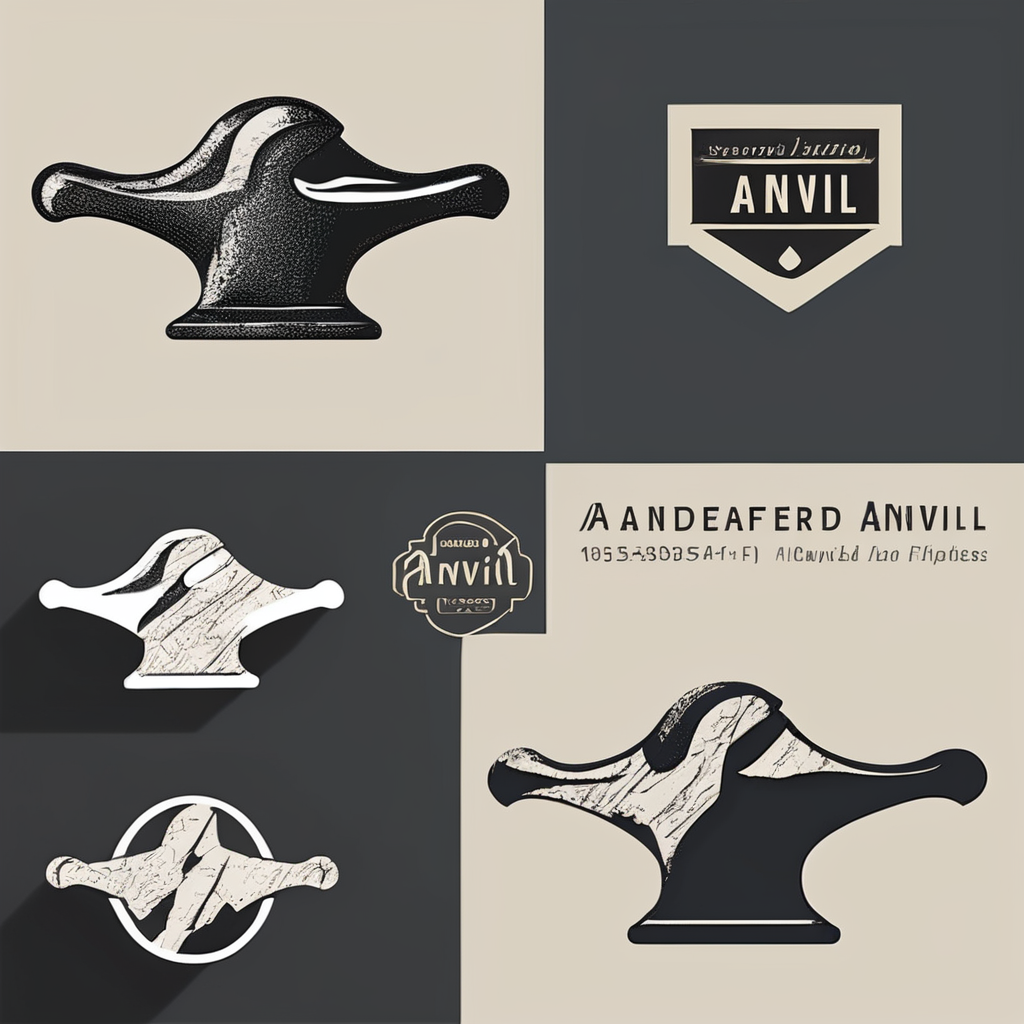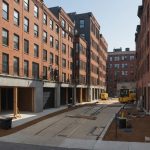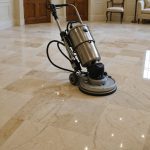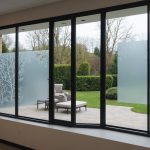Emerging Trends in Home and Garden Design
The landscape of home design trends is shifting towards a blend of aesthetics and practicality, reflecting evolving lifestyles and technological advances. More homeowners seek innovative design concepts that not only elevate visual appeal but also maximize functionality. This includes open-plan layouts that encourage natural light, creating a seamless indoor-outdoor flow. Simultaneously, garden design trends embrace sustainability while integrating technology — think drought-resistant plantings paired with automated irrigation, marrying form and function.
Lifestyle changes have a significant impact; for example, increased remote work encourages spaces that balance work and relaxation, influencing both indoor and outdoor design choices. The rise of wellness culture also drives a focus on biophilic design, where natural elements and greenery become integral to home environments.
Additional reading : Transform your garden with expert landscaping services Bristol
Notable examples driving this evolution include the use of multifunctional spaces that adapt to diverse needs and incorporating smart elements to enhance convenience. Emphasizing a user-centric approach, these trends demonstrate the increasing importance of homes serving as versatile, comfortable sanctuaries tailored to modern living demands.
Smart Technology Integration for Modern Living
Smart home technology is rapidly transforming how we interact with our living spaces. Integrated connected devices enable homeowners to manage lighting, climate, and security conveniently through smartphones or voice commands. These innovations enhance convenience, security, and energy efficiency, making daily routines more seamless.
Also to discover : Expert garden designers in kent for your perfect oasis
In garden design trends, automated garden systems like smart irrigation and sensor-controlled lighting optimize water use and maintenance. For example, automated irrigation adjusts watering schedules based on weather or soil moisture, reducing waste and promoting plant health. Such systems embody innovative design concepts that harmonize technology with nature.
Real-world applications show users benefiting from energy management features that lower utility costs while boosting home comfort. Moreover, smart security systems provide peace of mind through real-time alerts and remote monitoring. The continued development of smart home technology advances both indoor and outdoor environments, reflecting the growing demand for intelligent, responsive living spaces.
Overall, the integration of connected devices and automated garden systems marks a significant shift in home design trends, emphasizing efficiency, sustainability, and user-centric innovation.
Sustainable and Eco-Friendly Design Approaches
Sustainable materials and eco-friendly home features are increasingly vital in home design trends. Homeowners now prioritize environmentally conscious choices that reduce carbon footprints. This shift includes using renewable, recycled, or biodegradable materials in both construction and furnishings. Circular design practices aim to minimize waste by designing for reuse, repair, or recycling.
In garden design trends, innovations such as rainwater harvesting systems and composting setups play critical roles. Rainwater harvesting collects and stores rainfall for irrigation, significantly lowering water use. Composting transforms organic waste into nutrient-rich soil amendments, reducing landfill impact and enhancing garden vitality.
Experts highlight that adopting sustainable materials and green gardening innovations leads to long-term environmental benefits and cost savings through reduced resource consumption. Additionally, these strategies foster a healthier living environment by promoting biodiversity and limiting harmful chemicals.
Homeowners interested in sustainable design should consider materials like bamboo flooring or recycled metal, alongside garden technologies that conserve water and improve soil health. Integrating these eco-friendly approaches not only aligns with global environmental goals but also reflects a growing trend toward mindful, responsible living spaces.
Modular and Flexible Living Spaces
Embracing modular furniture has become a defining feature in contemporary home design trends, as homeowners seek adaptable interiors that optimize limited space. This shift supports multifunctional living areas that easily convert from workstations to relaxation zones, accommodating evolving daily routines. Modular pieces can be rearranged or expanded, allowing for personalized configurations that respond to changing needs without sacrificing style.
In the context of garden design trends, space-saving garden structures that are modular and flexible enable efficient use of outdoor areas. For instance, stackable planters or foldable seating create dynamic garden setups that adjust seasonally or for different activities. These innovations exemplify innovative design concepts that merge utility with aesthetics.
Case studies reveal that modular interiors and garden systems not only increase functionality but also enhance user experience by simplifying maintenance and facilitating customization. This trend underlines a practical response to urban living challenges, making adaptable spaces both a lifestyle choice and a design imperative. Homeowners interested in maximizing versatility should explore modular and flexible furniture and garden elements that balance space efficiency with creative expression.
Vertical Gardening and Urban Greenery Solutions
Vertical gardening has emerged as a key trend in both home design trends and garden design trends, especially in urban environments where space is limited. By growing plants upward on walls or specially designed structures, homeowners can maximize planting area without sacrificing valuable floor space. This approach aligns with innovative design concepts that optimize compact living.
Urban gardening enthusiasts often use modular wall-mounted planters, trellises, or vertical hydroponic systems. These setups enable easy customization and maintenance, allowing users to integrate greenery into apartments, balconies, or rooftops. Besides their space-saving advantages, vertical gardens improve air quality by filtering pollutants and reducing indoor heat through natural insulation.
Beyond aesthetics, vertical gardening fosters local biodiversity in cities by providing habitats for pollinators and beneficial insects. Many homeowners report enhanced wellbeing from incorporating lush vertical greenery, highlighting the positive psychological impact of close contact with nature.
In summary, vertical gardening and urban greenery solutions offer practical, attractive options that respond to urbanization challenges, reinforcing sustainable, healthy living environments through innovative, space-conscious design.
Energy-Efficient Design and Renewable Technologies
Energy-efficient home features are increasingly central to home design trends, addressing both environmental concerns and cost savings. Incorporating energy-efficient appliances, such as smart thermostats and LED lighting, reduces electricity consumption without compromising comfort. Advanced window technologies, including triple glazing and low-emissivity coatings, improve insulation, minimizing heat loss and gain. High-quality insulation materials further enhance energy retention, contributing to lower utility bills and improved living conditions.
Renewable energy adoption complements these efforts by integrating solar panels, geothermal systems, and wind turbines into residential designs. Solar panels harness sunlight to generate clean electricity, often paired with battery storage to increase self-sufficiency. Geothermal systems exploit the earth’s stable underground temperature for efficient heating and cooling, significantly cutting energy costs. These renewable energy solutions not only reduce dependency on fossil fuels but also increase home value.
Homeowners implementing energy-efficient home technologies often see a substantial return on investment through reduced energy expenses and incentives. Combining green design technologies with sustainable practices results in living spaces that are eco-friendly, comfortable, and financially wise—highlighting a pragmatic evolution in modern home design trends.










